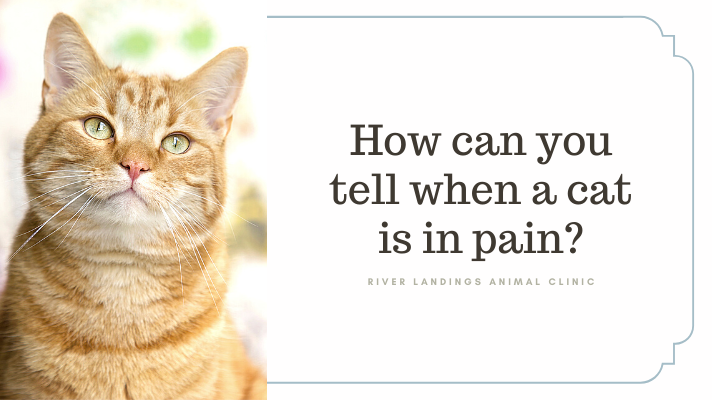Healthy Poop in Cats
How often should a cat 'go'?
The general rule of thumb is that a cat should poop at least once a day. However, the frequency of your cat's bowel movements is affected by multiple factors including the age (i.e. kittens defecate more often than adults), diet, exercise, and health status (i.e. IBD, hyperthyroidism, parasites, CKD).
Because of this, the exact frequency of the bowel movement will be individual, and you should monitor for its fluctuations instead. If your cat's bowel movements start to differ from the normal frequency for longer than a day or two, it is advisable to pay a visit to the vet and resolve the cause of the change.
What does healthy poop look like?
Healthy cat poop should be deep brown in color (but not too dark nor black) and malleable in consistency (similar to modeling clay; it should be firm enough to leave little to no residue on the ground when picked up, yet pliable and not too hard). Poop should be passed in one piece or a few smaller pieces of somewhat cylindrical shape and segmented appearance. The odor shouldn't be too foul, although this can be variable.
Unhealthy Poop in Cats
The key signs to look out for in your cat's poop are the consistency, shape and color. The stool's consistency is directly influenced by the amount of moisture in it, which gives you an insight into the colonic health. The colon (or the large intestine) reabsorbs the remaining water and other key nutrients from the indigestible material, thus solidifying this material into the firm stool. The consistency of the stool can be descriptively scored to help you recognize if your cat's stool is healthy.
A comprehensive fecal scoring guide was described by Purina. According to Purina's guide, the consistency of the healthy stool can be scored on the scale from 1 to 7. The healthy stool (as described above) is scored with 2, while the stool that is too hard and dry is scored with 1. Scores from 3 to 7 are reserved for moist, mushy or liquid stools.
Hard stool (score 1) is typically a sign of constipation, which can be associated with dehydration, colon obstruction or certain metabolic and neurological conditions. Thus, if you notice that your cat is passing poop that is too hard in consistency, you should pay a visit to the vet and address the issue. The hard poop is passed in smaller, more spherical pellets which leave no residue on the ground, and the passing itself requires more effort.
Soft, mushy or liquid stools (scores 3-7) can be a sign of bacterial infections, intestinal parasites, or food intolerance. If your cat's poop is moist on the surface, thus leaving residue on the ground, but retains the shape and form when picked up, then its consistency can be scored with 3. This poop has little to no visible segmentation, but is not considered to be an alarming sign.
If the poop is so moist that it feels saggy and it loses form when picked up (but does retain a logged shape when passed), then the consistency can be scored with 4. Furthermore, if the stool is passed in a pile rather than the logs, then it is scored with 5. If your cat passes liquid stool with texture but no shape, then the consistency is scored with 6. Liquid stool without any texture nor shape is scored with 7.
Soft or fluid stool (as described by the scores 4-7), accompanied by a more frequent bowel movement, are referred to as diarrhea. While the causes for diarrhea are variable and often multi-factorial, this state is considered to be an important, sign of underlying problems and is a legitimate reason to consult with your vet. Sometimes, diarrhea can be caused by stress (i.e. moving to a new environment or bringing in a new pet), or food allergies and intolerance.
Other times, however, diarrhea can be a symptom of a disease, a bacterial infection, or even intestinal parasites. If your cat is suffering from diarrhea, make sure to closely monitor the frequency on your cat's bowel movement, so you can report it to your veterinarian. Keep an eye on other signs of disease and injury and the changes in your cat's behavior. This will be key for the diagnosis of the underlying cause.
Contact your veterinarian ASAP after spotting the symptoms, especially if diarrhea persists for more than two days and is accompanied by lack of appetite, lethargy, or vomiting. The veterinarian will diagnose the underlying cause and help you design a special recovery diet for your cat until it recovers.
The stool is a direct insight into its colonic health. It can help you recognize if your cat is eating the right diet and drinking enough water or if it's suffering from certain health problems. So, the next time you clean the litter box, make sure to quickly inspect if your cat's poop is healthy! A healthy cat is a happy cat.
Hear From Us Again
Don't forget to subscribe to our email newsletter for more recipes, articles, and clinic updates delivered straight to your e-mail inbox.
Related Categories:










